Exploring The Universe That Wasn’t
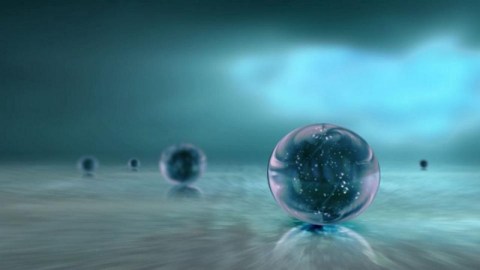
How slight differences could have forever changed our cosmic history.
13.8 billion years ago, what we know today as our Universe began with the hot Big Bang. Filled with matter, antimatter and radiation in an almost uniform fashion, it expanded and gravitated in nearly perfect balance. As the Universe cooled, the matter and antimatter annihilated away, leaving a tiny, minuscule, but significant amount of matter behind. After 9.2 billion years, what would become our Solar System gradually began to form from a collapsing cloud of molecular gas, and after another 4.55 billion years or so, humanity first arose on planet Earth.
When we look out at the Universe from our perspective here and now, we only get a snapshot of existence, defined by the properties of the light, particles, and gravitational waves that we observe at the moment of their arrival. Based on all that we’ve seen, combined with our theories, frameworks, and models that reflect the fusion of those observations with the underlying laws of physics, we’ve come to understand the cosmos around us. But if things had been only a tiny bit different, our Universe would have been dramatically different. Here are five things that could have happened to change the course of our shared cosmic history.

1.) What if the Universe were actually perfectly uniform when it was born? This one is not something that’s greatly appreciated: the Universe, as we know it, couldn’t have been born perfectly smooth. If we had possessed an exactly equal amount of matter-and-antimatter-and-radiation everywhere, at all locations in space, going all the way back to the earliest moments of the hot Big Bang, every point in the Universe would experience an equal gravitational force pulling on it in all directions. In other words, the idea of gravitational growth and collapse relies on an initial imperfection to grow from. Without the seed, you can’t get the desired end result, like a star, galaxy, or something even larger.
The only hope we’d have would originate from the quantum nature of the Universe. Because we have quantum processes that cannot be avoided:
- inherent uncertainties in the positions and momenta of particles,
- inherent uncertainties between the energy in a system and the amount of time that passes,
- and exclusion rules that prevent certain particles from occupying identical quantum states,
some amount of imperfections will automatically arise even if there were none initially.
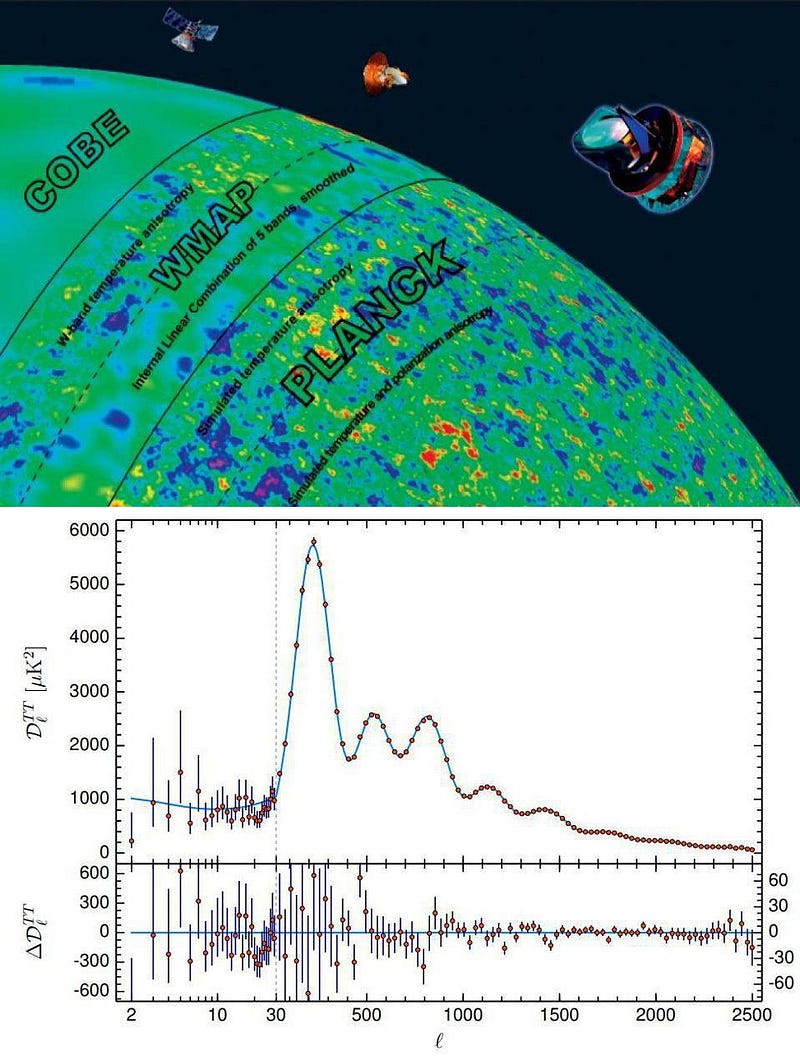
From these quantum processes, you’d expect the initial imperfections to arise at around the 1-part-in-10³⁵ level, which is extremely tiny. For comparison, as informed by observations, our Universe was born with imperfections that arise at the 1-part-in-30,000 level. Although this, too, is small, it’s absolutely enormous compared to the tiny quantum fluctuations that exist today: more than 30 orders of magnitude larger.
Based on the way that imperfections grow in the Universe, it took somewhere around ~100 million years for the largest of the initial fluctuations that the Universe started off with to form the first stars. If the Universe were born with fluctuations that were 1-part-in-10,000,000 instead, we’d very likely only be forming the first stars now; gravitational growth takes a very long time unless you start from a substantially large seed. If our Universe were born exactly, perfectly uniform, there would be no structure, no stars, and no interesting chemical reactions to speak of anywhere in the cosmos.
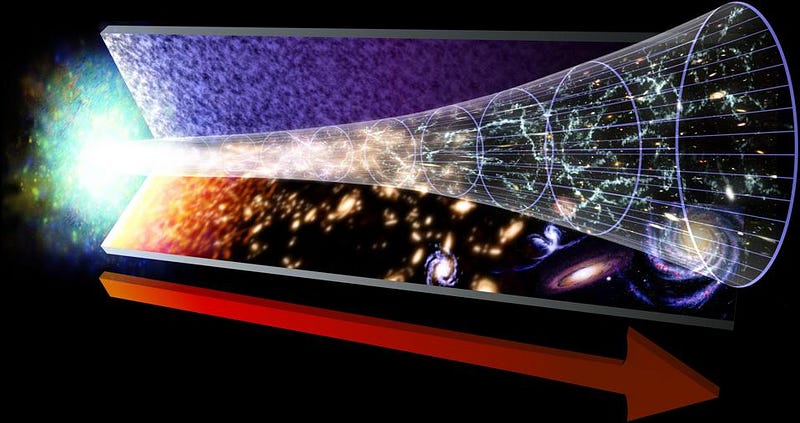
2.) What if the expansion rate and the effects of gravitation were less perfectly balanced? This one is a bit tricky. We normally think of the Universe as a fairly stable place, but that’s only because there are two things that have been so well-balanced for so long: the rate at which the Universe expands and the decelerating effects of all the matter and radiation in the Universe. Today, these two effects don’t match, and that’s why we say the expansion of the Universe is accelerating.
But for the first ~6 billion years of the Universe’s history, they didn’t just match, they matched so perfectly well that what we know of as dark energy would have been completely undetectable, even if a potential alien civilization developed the exact tools we use today to measure the Universe. The farther back in time you go, the less important dark energy becomes relative to matter and radiation. And we can go back not just billions of years, but all the way back to the first tiny fraction-of-a-second after the hot Big Bang.
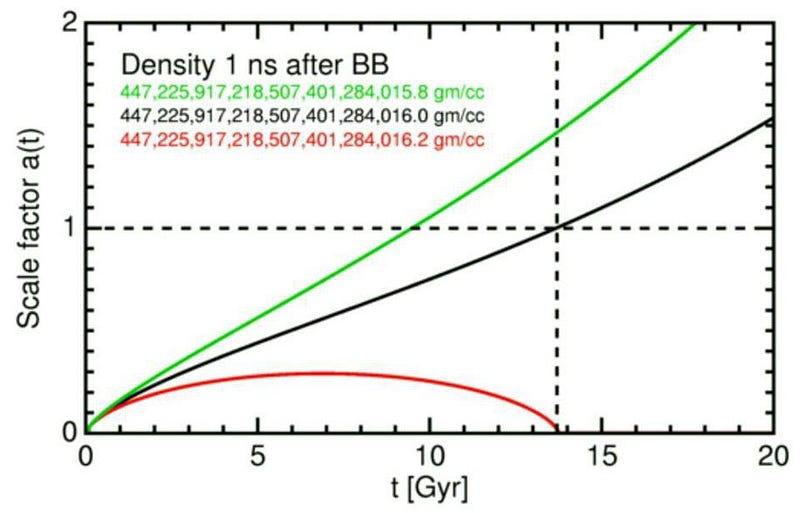
Here, we can find all the matter and energy we have in the Universe today compressed into a much, much smaller region of space. At this time, the Universe was not only hotter and denser, but expanded much, much more quickly than it’s expanding today. In fact, one way to picture the expanding Universe is to treat it as a race: between the initial expansion rate — whatever that rate what when the hot Big Bang first occurred — and the total effects of all the matter, antimatter, neutrinos, radiation, etc., that are present.
What’s remarkable is when we consider how perfectly balanced these two quantities must have been. Today, the Universe has a density of about 1 proton per cubic meter of space. But early on, it had a density that was more like quintillions of kilograms per cubic centimeter of space. If you would have increased or decreased that density by just 0.00000000001%, the Universe would have:
- recollapsed on itself, ending in a Big Crunch after less than 1 second, in the case of an increase,
- or expanded so quickly that no protons and electrons would ever have found one another to form even a single atom in the Universe, in the case of a decrease.
This incredible balance, along with the need for it, highlights just how precarious our existence in this Universe is.
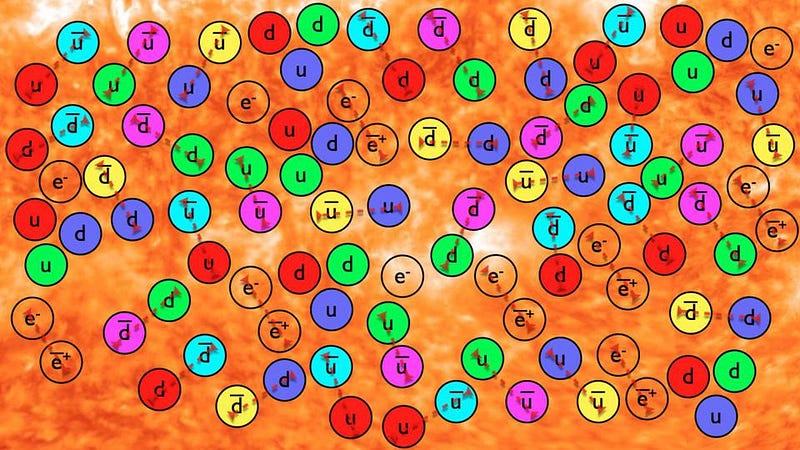
3.) What if there had been exactly equal amounts of matter and antimatter? This is another problematic one for us, and in fact it’s one of the greatest unsolved problem in all of physics: why do we live in a Universe with more matter than antimatter? This puzzle has many possible resolutions, but no definitive answer. What we can say, for certain, is that:
- in the early stages of the hot Big Bang, the Universe should have been perfectly symmetric between matter and antimatter,
- and that somehow, some process occurred that resulted in the existence of approximately 1,000,000,001 matter particles for every 1,000,000,000 antimatter particles,
- and when the excess annihilated away, we were left with that tiny bit of matter amidst a leftover bath of radiation.
That radiation still survives, as does the matter, which is why we can reconstruct what happened at early times.

We still don’t know how it happened, but we do know what our Universe would have looked like if we didn’t generate a matter-antimatter asymmetry: the matter and antimatter would have annihilated away, not completely, but until there was so little matter and antimatter left that the individual particles that were left — protons and antiprotons, electrons and positrons, etc. — would simply no longer find each other.
Today’s Universe, you’ll recall, has about ~1 proton per cubic meter of space: if you smeared out the entire Universe and drew a box that was 1 meter × 1 meter × 1 meter, you’d expect to find about 1 proton inside. When you work out the math for what happens if matter and antimatter annihilated away from a perfectly symmetric state, you’d find a very different Universe. Radiation would keep scattering off of these particles for tens of millions of years, rather than just a few hundred thousand, and the average density of all forms of matter and antimatter would be the equivalent only ~1 proton (or antiproton) per cubic mile: a box that was 1 mile × 1 mile × 1 mile, or about 10 billion times less dense than the Universe we have today.
If our Universe hadn’t created a matter-antimatter asymmetry early on, none of the remarkable steps that came afterwards to lead to our existence could have taken place.
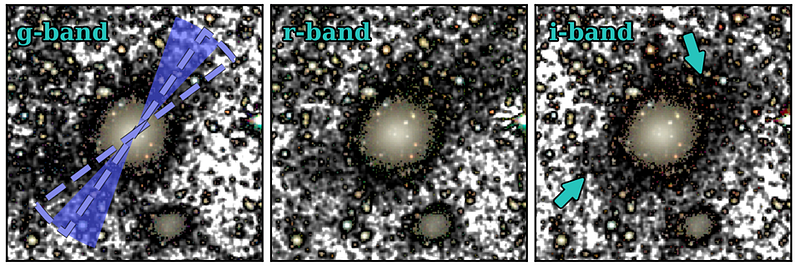
4.) What if there hadn’t been any dark matter? This one is a fascinating consideration that’s generally greatly underappreciated. Most of us think about dark matter as the “glue” that holds the largest structures in the Universe together: things like the cosmic web and enormous galaxy clusters. But dark matter also does two enormously important things we don’t typically think about:
- it provides the majority of the gravitational mass that both forms all galaxies in the Universe and continues to hold them together,
- and it prevents structure from being “washed out” by the interactions that exist between normal matter and radiation.
Take dark matter away, and what happens? The small-scale structure you’d attempt to form wouldn’t exist, as the early radiation-dominated phase of the Universe would wash those imperfections away. Meanwhile, the galaxies that you did form would undergo one burst of star formation, and then those stars would boil all the surrounding matter away, ejecting it from the galaxy entirely. In a Universe with no dark matter, only that first generation of stars would exist, meaning there would be no rocky planets, no biochemistry, and no life.
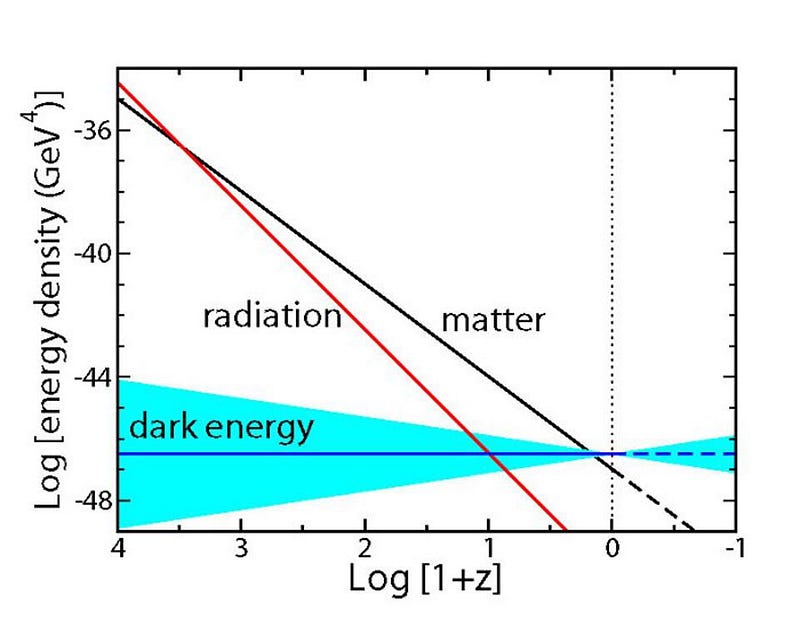
5.) What if dark energy weren’t constant in space or time? This is the one possibility that’s still on the table for our Universe: that dark energy might evolve in some fashion. To the best of our observational limits, it certainly looks and behaves like a cosmological constant — as a form of energy inherent to the fabric of space itself — where the energy density remains constant in time and all throughout space.
But we don’t have constraints on how dark energy behaved (or whether it even existed!) for roughly the first ~50% of our Universe’s history, and we only observe it to be a constant to the limits of our current precision. Three telescopes will improve on this in the near future: the ESA’s EUCLID, the NSF’s Vera Rubin Observatory, and NASA’s Nancy Roman telescope, the last of which should measure whether dark energy changes at all to a precision of just ~1%.
If dark energy strengthens, the Universe could rip apart. If dark energy weakens or reverses sign, the Universe could yet recollapse. And if dark energy decays, the Universe as we know it could end. None of these things have happened yet, but if the Universe were only slightly different, any one of them could have taken place in the past, precluding our existence from occurring at all.
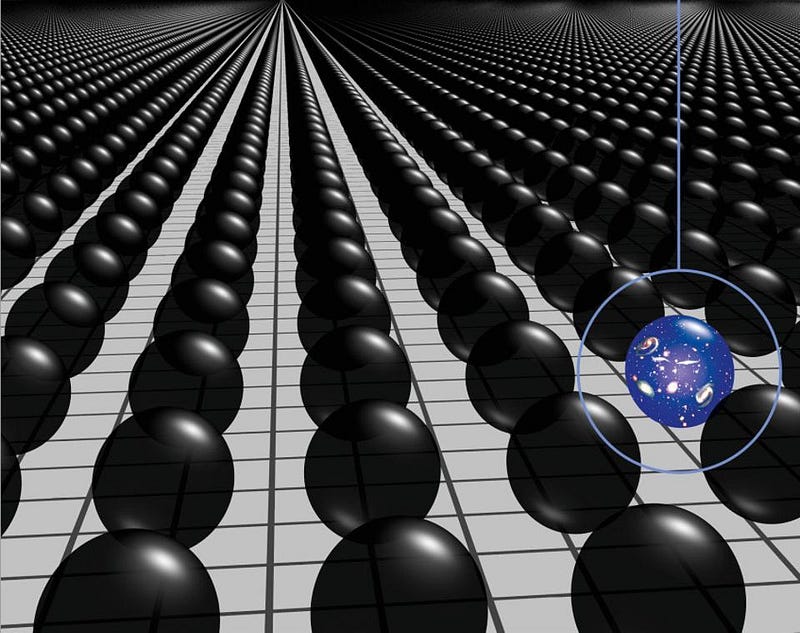
All of this, when taken together, leads us to a fascinating conclusion: if any of these things were — in any way — substantially different from the way they are, it would have been a physical impossibility for human beings to have arisen as we did within the Universe. A Universe that was too smooth would have failed to create stars and galaxies in time; a Universe that expanded too quickly or slowly wouldn’t have remained stable for long enough to form anything interesting. A Universe without more matter than antimatter couldn’t have formed stars, and a Universe without dark matter couldn’t have hung onto their remnants to form planets.
In many ways, we’re extremely fortunate to have gotten the Universe that we occupy, as if any one of a great number of things were even a little bit different, the Universe would not have admitted the existence of humans, or any intelligent observer, as a possibility. But in this cosmos of ours, exactly the way it is, we can observe some 2 trillion galaxies. Around one of the ~400 billion stars in one of them, the Milky Way, life took hold, survived, thrived, and evolved. After more than 4 billion years, human beings arose, and now we look out at the Universe to learn our place in it. It may not have been an inevitable journey from the Big Bang to us, but it sure has been a remarkable one.
Starts With A Bang is written by Ethan Siegel, Ph.D., author of Beyond The Galaxy, and Treknology: The Science of Star Trek from Tricorders to Warp Drive.





